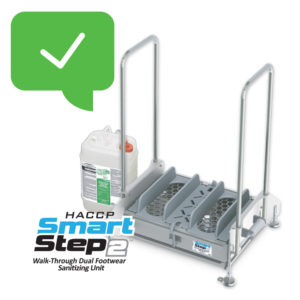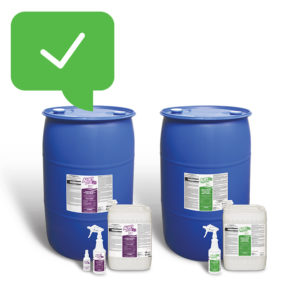
With a dedicated footwear cleaning and sanitation program, food production facilities reduce the risk of workers bringing contaminants into their facilities. The CDC states, “Contamination can occur at any point along the chain—during production, processing, distribution or preparation,” making it that much more important to sanitize footwear throughout the entire food production chain. There are a variety of different footwear hygiene programs, but some methods have potential drawbacks. Best Sanitizers has compiled a list of common Footwear Hygiene Do’s and Don’ts to help food and beverage manufacturing facilities find the best solution for them. For more information, contact your account representative via email or call 888-225-3267.



DON’T – Skip the first step to footwear hygiene! Cleaning footwear prior to sanitization is the first step to any footwear hygiene program.







Request a Demo
Request a demo of the HACCP SmartStep2™ Dual Footwear Sanitizing Unit.
